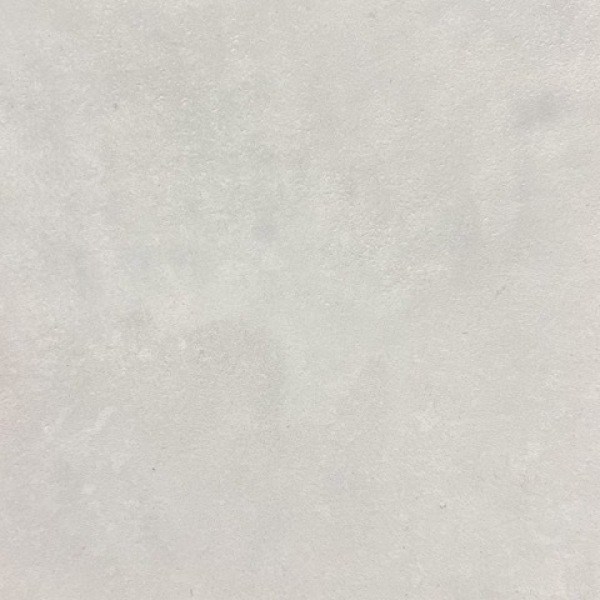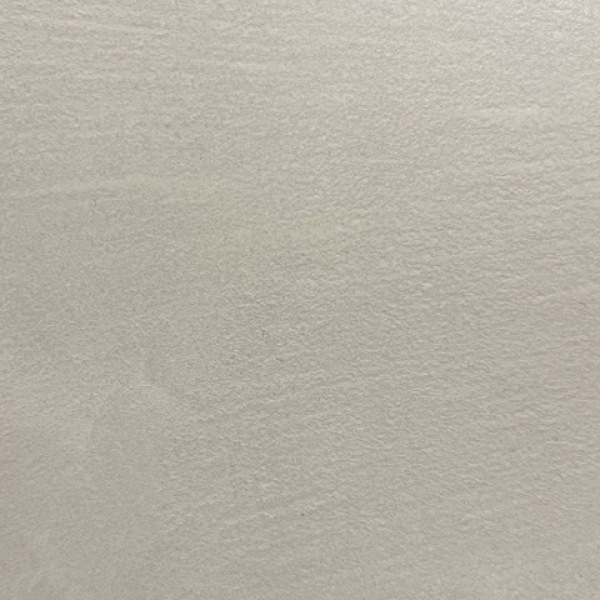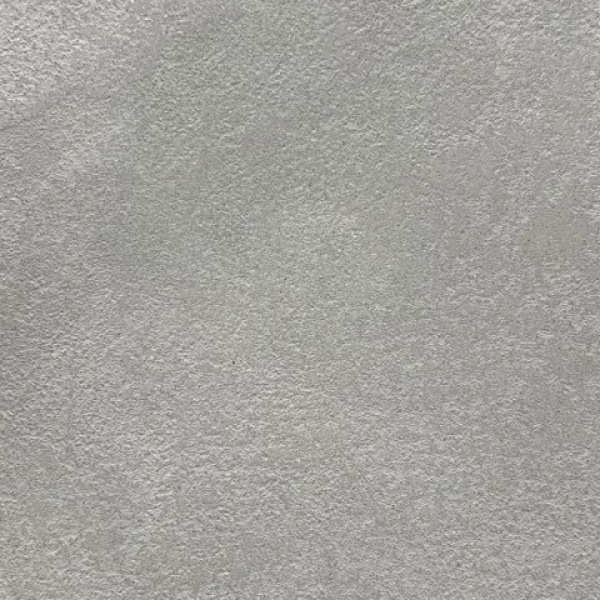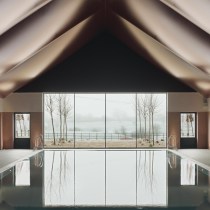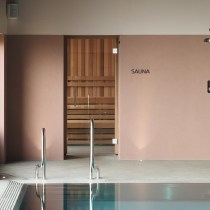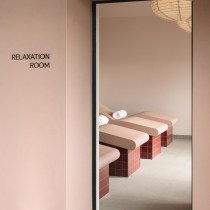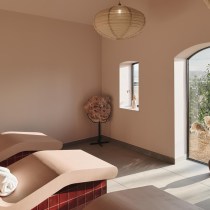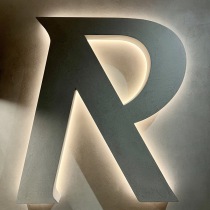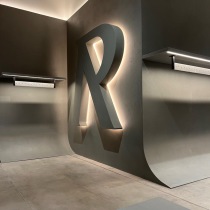Microcement Contractors London
Microcement is a durable, versatile material and the products that we use create a completely waterproof plaster system from start to finish. Unlike alternative microcements on the market the plasters incuding base coats and finishing coats are completely waterproof even before sealers are applied, this makes it the perfect material to use in wet areas.
It is also a trustworthy option for high traffic areas subject to high levels of wear and tear in commercial and retail environments.
Microcement can be applied to a multitude of substrates, including the conventional plasterboard/plastered walls, including a tape and join finish, joinery items constructed from MDF, plywood or cement based boards and even floors.
Different types of Microcement finishes
Microcement Standard Colour Chart
A colour matching service is available upon request. Our microcement can be matched to RAL, Farrow & Ball, NCS, Dulux, Pantone and other colour ranges.
The advantages of Microcement
Versatile
Microcement is highly adherent and can therefore be applied over a wide range of existing finishes, surfaces and structures, and is suitable for both indoor and outdoor use.
It can be applied to both vertical and horizontal surfaces (i.e walls and floors) as well as curved surfaces.
Microcement is not limited to application on just wall surfaces and floor surfaces – it can be used in the bathroom to form basins, shower trays and baths, in the kitchen to cover worktops and shelves, around pools, over stairs, and it can even be applied to furniture.
With microcement, it is possible to achieve a wide variety of finishes including matt, satin, polished, gloss and textured. It can also be used to produce a range of uniform, mottled or metallic effects. Different colours can also be combined on the same surface.
As with polished plaster, microcement is applied by hand, resulting in a consistently unique finish.
Practical
Microcement is a durable and hard-wearing product, making it an excellent choice for high-traffic areas, or areas which require regular cleaning.
It is easy to achieve a non-slip surface using microcement, so it can be a safe and practical option for kitchen or bathroom flooring.
With a thickness of only a few millimetres, microcement can be installed with minimal disruption to existing furnishes and fittings. Doors will not usually need to be planed down in order to accommodate a microcement floor, in comparison with alternative flooring such as carpet, tiles or laminate. Additionally, microcement will not affect the structural load of a building, in comparison with less light-weight alternatives such as polished concrete, and its use does not need to be limited to the ground floor only.
Unlike other floor surfaces or decorative finishes, microcement can be an ideal choice for rooms with unusual layouts, as it produces a seamless and jointless surface finish, and a uniform aesthetic. You can even take this once step further and apply the same product to both the flooring and the walls.
Easy to Clean, Maintain and Repair
Microcement is very easy to keep clean, and free from germs and bacteria. It can be easily maintained by cleaning with a mop or cloth once a week, using water and a neutral soap. Due to the lack of joints, microcement is often even easier to clean than alternative floor coverings such as floor tiles.
Unlike some other surface finishes, cracks will not appear in microcement once it is dry. If, for any reason, the microcement becomes damaged, it is reasonably easy to carry out localised repairs if required.
Resistant to Water, Humidity, Temperature and UV Rays
Microcement is extremely resilient to the elements.
It is resistant to moisture and humidity, making it an ideal choice for bathrooms and kitchens.
It is also able to withstand high temperatures, low temperatures (with the addition of a protective varnish), and even UV rays, and is therefore suitable for outdoor use as well as indoor use. Microcement will not be affected by the elements, meaning you do not need to worry about the finish being affected or the colour fading.
It is even possible to install microcement above underfloor heating, however there are protocols which would need to be followed for this type of installation.
Quick to Install, with Minimal Disruption
Because it is possible to install microcement on top of many pre-existing floor coverings and surfaces, this means you could avoid the disruption and upheaval of having to remove existing coverings and prepare the surface for application. You may also save a considerable amount of time and money, and the preparation and application process will result in virtually no rubble or waste.
In comparison with other similar products, such as polished concrete, microcement is faster and easier to apply, and the application process requires no machinery or heavy tools.
Microcement may therefore be an ideal option if you are looking to make your renovation as quick and easy as possible.
Microcement Projects
Contact Us
Tel: 020 3713 8318
Email: info@marmoplastering.co.uk
Email: richardpearce@marmostucco.co.uk
Office: Monday - Friday 9:00am - 5:30pm

